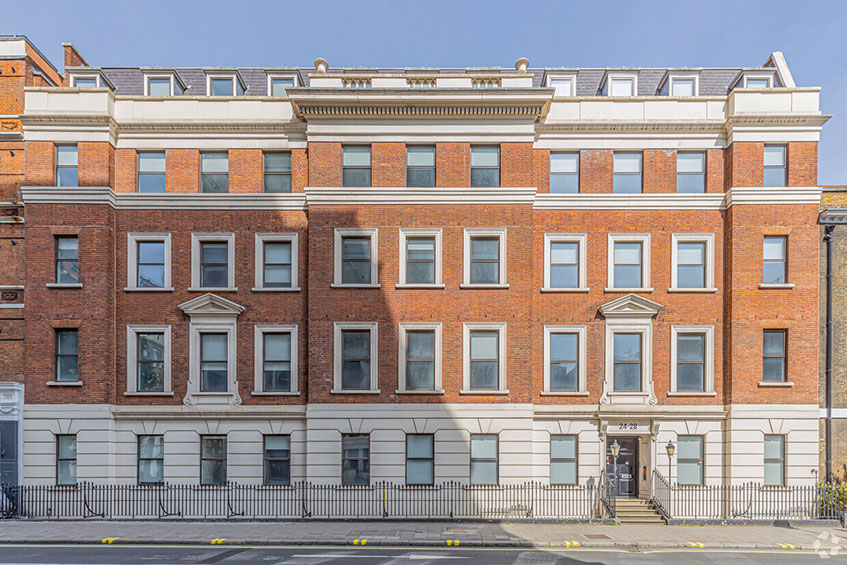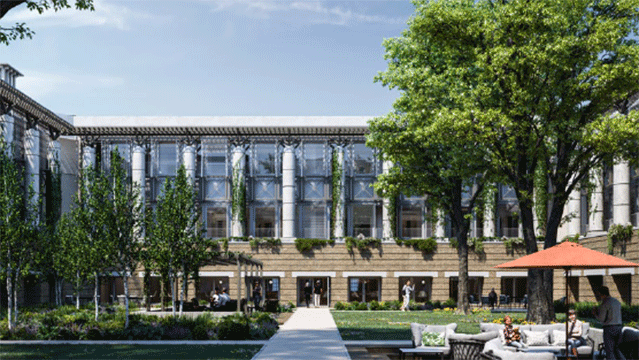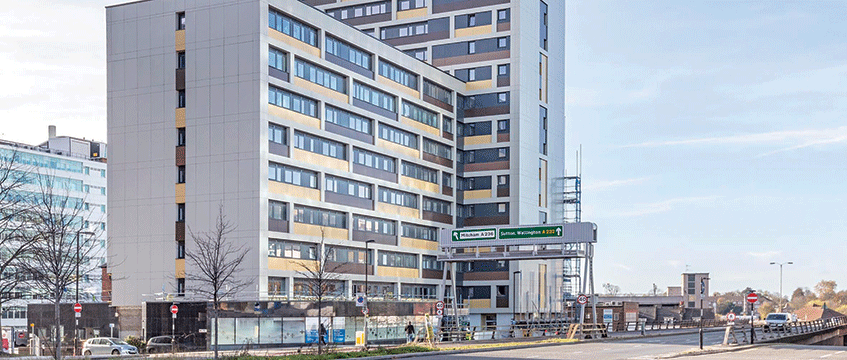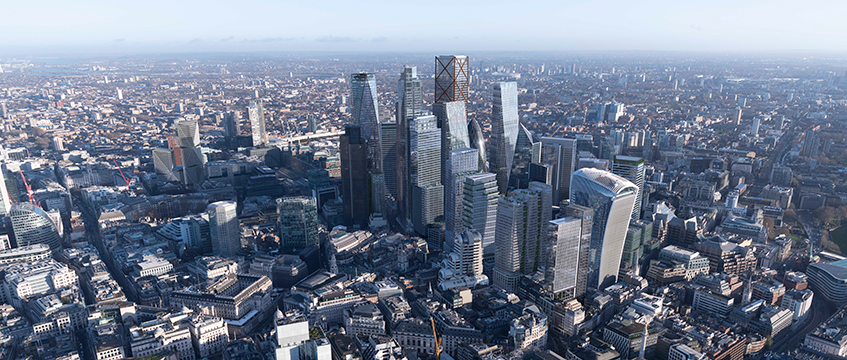Over the past two decades developers have built and marketed almost £1bn of London homes that fail to meet national minimum space standards of 37 sq m.
Data from EG’s London Residential Research has found almost half of these 3,162 “micro-flats” have been built in the past five years, with numbers peaking in 2015 – the very same year that permitted development rights, under which planning permission for conversion is not required, were made permanent.
Since its introduction in May 2013, PDR has contributed 87% (1,319) of micro-flats in the capital, valued at £392m, based on the combined most recent asking prices in LRR. Since PDR were made permanent, it has delivered a whopping 92% of the micro-flat market.
The majority of micro-flats in LRR’s data average between 30-36 sq m but permitted development has seen a significant number of homes delivered below that level. Since 2013, LRR recorded 229 units less than 30 sq m delivered through PD schemes, compared with just 13 at schemes that have been taken through the formal planning process.
But there is appetite for these homes. According to LRR data, 89% of them have sold, with a combined asking price of £837m (all figures are adjusted for inflation). However, as new stock hits a market under pressure, sales are becoming increasingly tough.
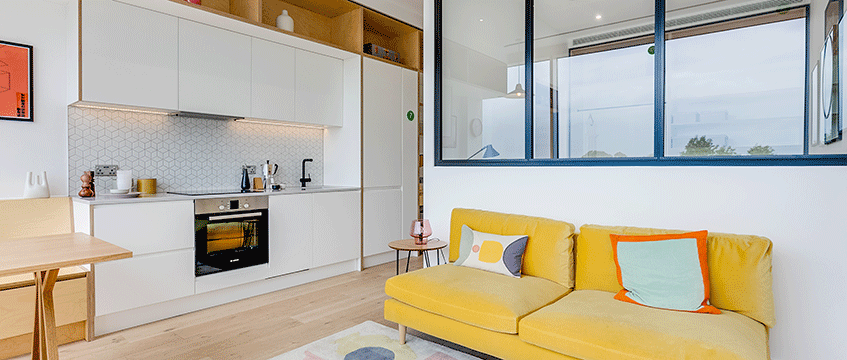
Is it all that bad?
LRR data reveals some 6,142 homes at 175 PD schemes across London. While not all of these are micro-flats, the vast majority do contain smaller homes. Of these, 60% have been built and sold, with the remaining 40% in planning, under construction or built but not all sold.
But what does it matter? With a capital starved of housing supply at affordable prices, surely the delivery of thousands of new homes is a positive for the market?
That’s certainly the argument that Josh Garside, managing director of Apt Living, would make. At its 292-home scheme in Gunnersbury Park, west London, 73 flats are under 37 sq m, under PDR approval.
Apt Living has sold 49 micro-homes, with the smallest studios overlooking the M4 sold for £270,000. The developer says the roadside flats have been in high demand, with buyers sniffing out rock-bottom prices in favour of parkside views. LRR data show that in 2019 the average price for a new one-bedroom flat in Hounslow was £397,857.
Garside acknowledges that the product is not for everyone but he insists there is a place for it in the market.
He says it lowers the barrier to entry for new developers that can’t get development finance for an unconsented site and enables fast delivery of valuable housing stock.
“The consumer should be free to make their own choice,” he says. “What we are doing is providing a solution. Whether or not people take that solution is up to them.”
Others argue that micro-flats are far from being a solution to the housing crisis, saying they pushing quality standards down.
“PD has sent home quality into a complete nosedive,” says Julia Park, head of housing research at Levitt Bernstein and a space standards campaigner.
“We need minimum standards because some developers can’t be trusted to deliver good enough homes without being forced to. These schemes have to be taken through the planning system.”
Last month, Park wrote an open letter to the prime minister with an online petition calling for a government investigation into these homes and an end to permitted development rights. At the point of publication of this article she had still not received a response.
“This policy has to end, we are seeing schemes that are getting worse, not better. Every month there is a new worst. I didn’t ever think we’d see a whole home with no window, and we have, with no daylight at all,” says Park.
Park is referring to the conversion of a light industrial unit in Watford, Hertfordshire, into 15 flats under PD rights where seven of the proposed flats will have no windows. She also points to other homes outside the capital which have been sold to the private market.

‘People deserve natural light’
“This is just bloody immoral,” says Hugh Ellis, head of policy at the Town & Country Planning Association.
“There is no minimum size. There is no national space standard. What there is, is a national space guidance. What we need is minimum housing standards, we need the TCPA’s Healthy Homes Act. People deserve natural light, a window and some decent space to live in.”
However, a combination of PDR, under-resourced and pressured local authority planning teams, and the government turning a blind eye to the issue means this is unlikely, adds Ellis.
“You can’t tarnish everything with the same brush,” counters John Kerrigan, managing director at JSK Capital, who has experience of funding large PD schemes and has seen the highs and, more recently, lows in the market.
“Everybody piled into PD from 2013 onwards,” he recalls. “A lot of inexperienced potential fly-by-night developers who wanted to turn a quick buck came in and thought it was easy and straightforward.”
But Kerrigan says that is rarely the case these days. He says competition for redundant offices has driven up the price of land. Inexperienced developers that paid too much for land and underestimated their build costs and timelines are now facing big problems and have pushed up their prices to cover their outgoings.
Once such example is Martin Skinner’s Inspired Homes, a division of which – Inspired Asset Management – was placed in administration in September. Skinner was one of the biggest promoters of micro-flats and his business, according to EG’s data, tops the league in terms of delivery of small homes through PD.
The business has built 321 micro-flats across seven schemes over the past five years, marketing them for a total of £98.2m, according to LRR.
At Inspired’s 197-home Innova scheme in Croydon, south London, where flats average 30 sq m, prices have edged up from £257,950 in 2015 to £349,950 today. Around one-third of the scheme remains unsold. And at Inspired schemes in central London, 30 sq m micro-flats have sold for £425,000, reflecting £1,378 per sq ft.
In contrast, the average price for a new one-bedroom flat in Croydon in 2019 was £358,262 and in London this was £501,561. As a result, Inspired’s 41-home London scheme has reportedly sold well (though this was not yet reflected in LRR’s data) while overpriced flats in Croydon struggle.
“The whole point of these smaller units was that they were meant to be good value,” says Kerrigan. “But as the market rose, somewhere along the line they lost their value. The reason the developer did it has been lost or diluted.”
The biggest problem with these small homes, however, lies in their unknown future. For the first-time buyers who relied on Help to Buy, for those who bought at the top of the market who run the risk of slipping into negative equity or for the landlords lumbered with stock they are unable to shift.
“From a market point of view this is toxic,” says TCPA’s Ellis.
“These places will not hold their value, particularly the places that have been converted from expired office blocks. This is a terrible mess and is going to be a major challenge for the market and a major challenge for the next government.”
Small but not quite perfectly formed
While 82% of the micro-flats uncovered in EG’s research are between 30 and 36 sq m, the minimum reported was 13 sq m at Fruition Properties’ seven-flat scheme at Mansfield Road, Camden, NW3.
Six were less than 37 sq m and just one flat at 23 sq m has sold to an owner-occupier. The remaining six have been bought by buy-to-let investors.
The next smallest homes in EG’s data were initially brought through planning by Caridon Properties in 2014. The 18-flat scheme at 8-10 Crown Hill, Croydon, south London, was made up entirely of microflats, including three 15 sq m flats. Caridon had sought to use the flats for homeless people in the borough, but it was unable to reach a deal with the owner. The scheme was acquired by Wintertime Developments in 2016 and the homes were launched the private for-sale market.
Inspired Homes has been the largest provider of micro-homes through permitted development, with 321 homes at an average price of £307,243.
But London developer Galliard Homes has been the largest volume producer of homes of less than 37 sq m. It has developed 335 homes valued at £105.9m, with 275 at major schemes including The Printworks in Clapham, SW9, and Westgate House in Ealing, W5.
A spokesman for Galliard said: “It has been a very active part of our business and through it many new Galliard first-time buyers have got on the first rung of the property ladder.
“We are doing less of these developments today … however if and when we do come across other opportunities that would meet our high standards we would be happy to bring more of these popular homes to the market.”
To send feedback, e-mail emma.rosser@egi.co.uk or tweet @EmmaARosser or @estatesgazette




